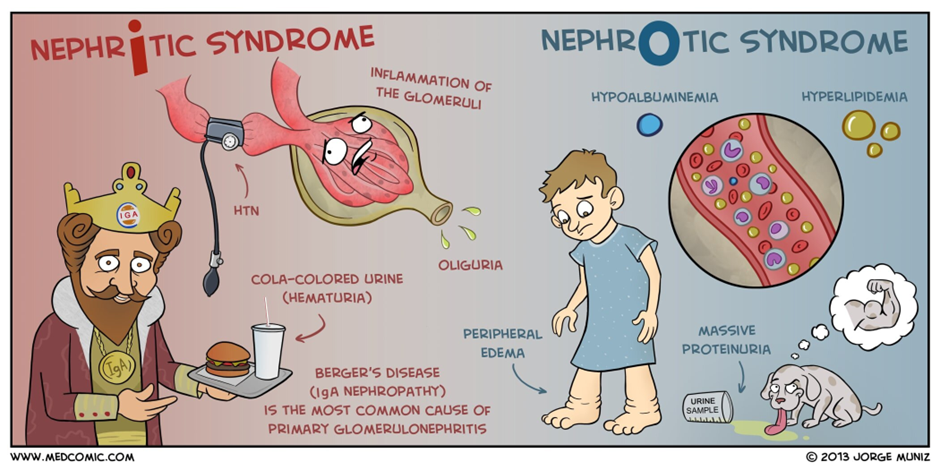A nurse is caring for a client who has dysphagia. The nurse should monitor the client for which of the following complications?
Pneumonia
Pressure injury
Pulmonary embolism
Diarrhea
The Correct Answer is A
A. Pneumonia:
Dysphagia, or difficulty swallowing, can lead to aspiration, where food or liquids enter the airway and lungs instead of the stomach. This can result in pneumonia, an infection of the lungs. Clients with dysphagia are at an increased risk of developing pneumonia due to the aspiration of foreign material into the lungs.
B. Pressure Injury:
Pressure injuries (formerly known as pressure ulcers or bedsores) are caused by prolonged pressure on the skin, usually over bony prominences. Dysphagia itself is not directly related to pressure injuries. These injuries are more commonly associated with immobility and constant pressure on specific areas of the body.
C. Pulmonary Embolism:
Pulmonary embolism is a blockage of the pulmonary artery, usually by a blood clot that travels to the lungs from the legs or other parts of the body. While dysphagia is not directly associated with pulmonary embolism, conditions that cause immobility (such as being bedridden due to dysphagia) can contribute to the risk of developing blood clots.
D. Diarrhea:
Dysphagia is difficulty swallowing and is not directly related to diarrhea. Diarrhea is often associated with gastrointestinal issues, infections, or dietary factors. Monitoring for complications of dysphagia would primarily focus on respiratory issues, such as aspiration pneumonia.
Nursing Test Bank
Naxlex Comprehensive Predictor Exams
Related Questions
Correct Answer is A
Explanation
A. Proteinuria:
Minimal change nephrotic syndrome is characterized by increased permeability of the glomerular filtration barrier, leading to proteinuria. The loss of proteins, especially albumin, in the urine is a key feature.
B. Hypocalcemia:
Hypocalcemia is not typically associated with MCNS. In fact, the loss of proteins, including albumin, in the urine can lead to decreased oncotic pressure in the blood vessels, resulting in edema. However, calcium levels are usually within the normal range.
C. Hyperalbuminemia:
This is not a characteristic finding in minimal change nephrotic syndrome. In fact, the condition is associated with hypoalbuminemia due to the loss of albumin in the urine.
D. Positive for Ketones:
Ketones are not typically associated with minimal change nephrotic syndrome. Ketones in the urine are more commonly associated with conditions like diabetic ketoacidosis or starvation.

Correct Answer is A
Explanation
Correct answer: D
A.Wiping the top of the can before opening prevents contamination and reduces the risk of introducing pathogens into the feeding system.
B.Cold formula can cause gastric discomfort or cramping. It's recommended to bring the formula to room temperature before administration to avoid gastric irritation and enhance comfort during feeding.
C.The action of withholding the feeding depends on the institution's protocol and the specific clinical condition of the client. Typically, residuals greater than 200 mL might indicate delayed gastric emptying, but the threshold can vary. A residual volume of 150 mL may not necessarily require withholding the feeding, though it may warrant further assessment.
D.In most cases, flushing is done with tap water (if safe for drinking) or sterile water in immunocompromised clients. The key step is to flush before and after feedings, but the standard practice is not automatically sterile water for all patients.
Whether you are a student looking to ace your exams or a practicing nurse seeking to enhance your expertise , our nursing education contents will empower you with the confidence and competence to make a difference in the lives of patients and become a respected leader in the healthcare field.
Visit Naxlex, invest in your future and unlock endless possibilities with our unparalleled nursing education contents today
Report Wrong Answer on the Current Question
Do you disagree with the answer? If yes, what is your expected answer? Explain.
Kindly be descriptive with the issue you are facing.
